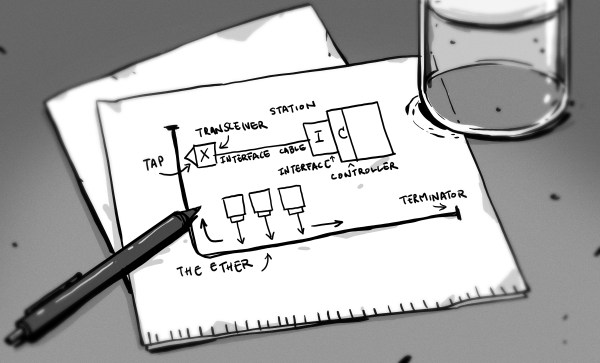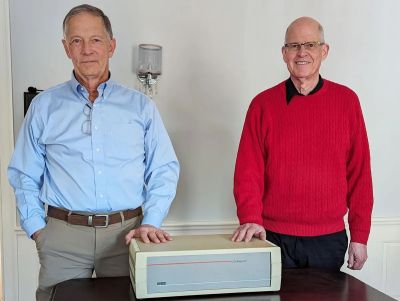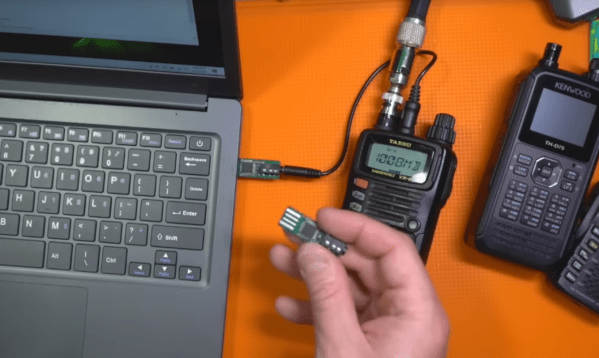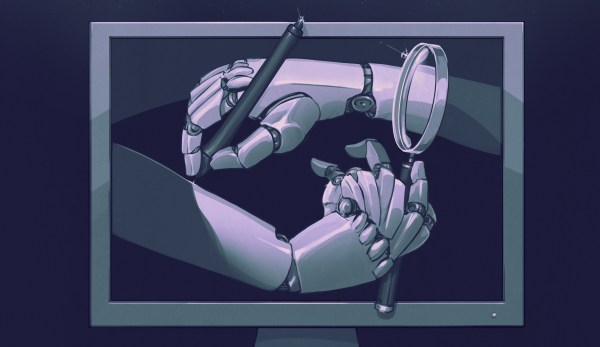By the time this post hits the front page, we’ll be just a few days away from the kickoff of Hackaday Europe 2024!
For those of you joining us in Berlin this weekend, we’ve got an incredible amount of content planned for you. Things get rolling on Friday with a pre-event meetup. But Saturday is when things really kick into high gear. Before the day’s out, we’ll have played host to nearly a dozen speakers and — literally — more workshops than we could fit into the schedule. Two workshops will be “floating” events that will happen once enough interested parties have congregated in one place. We’ll keep things going until well past midnight, which leads directly into Sunday. We want to get a few sessions of lightning talks packed in, so start coming up with your talk ideas now.

In addition, there will be food, music, camaraderie, badge hacking, and the general technolust surrounding a Hackaday event. In our humble and totally unbiased opinion, we put on some of the best and most unique hardware hacking meetups in the world — if you like reading Hackaday, you’ll love living it for a couple of days.
As of this writing, we still have a very few tickets for Hackaday Europe 2024 available. Want one? Head over to the Eventbrite page. But you better hurry. We’re talking a literal handful here, so don’t be surprised if they’ve dried up by the time you read this.
The workshops have all sold out, but as usual, we’ll be running a waiting list right up until the last minute: should anyone have to drop out of a workshop (which happens more than you might think), their spot will go to the person next in line. If you’d like to get on the list, email prize@hackaday.com with your name, ticket number, and the workshop you’re hoping to sneak into, and we’ll see what we can do.
But don’t let the workshops stop you. There’s still plenty to see, do, and experience. See you there!




















